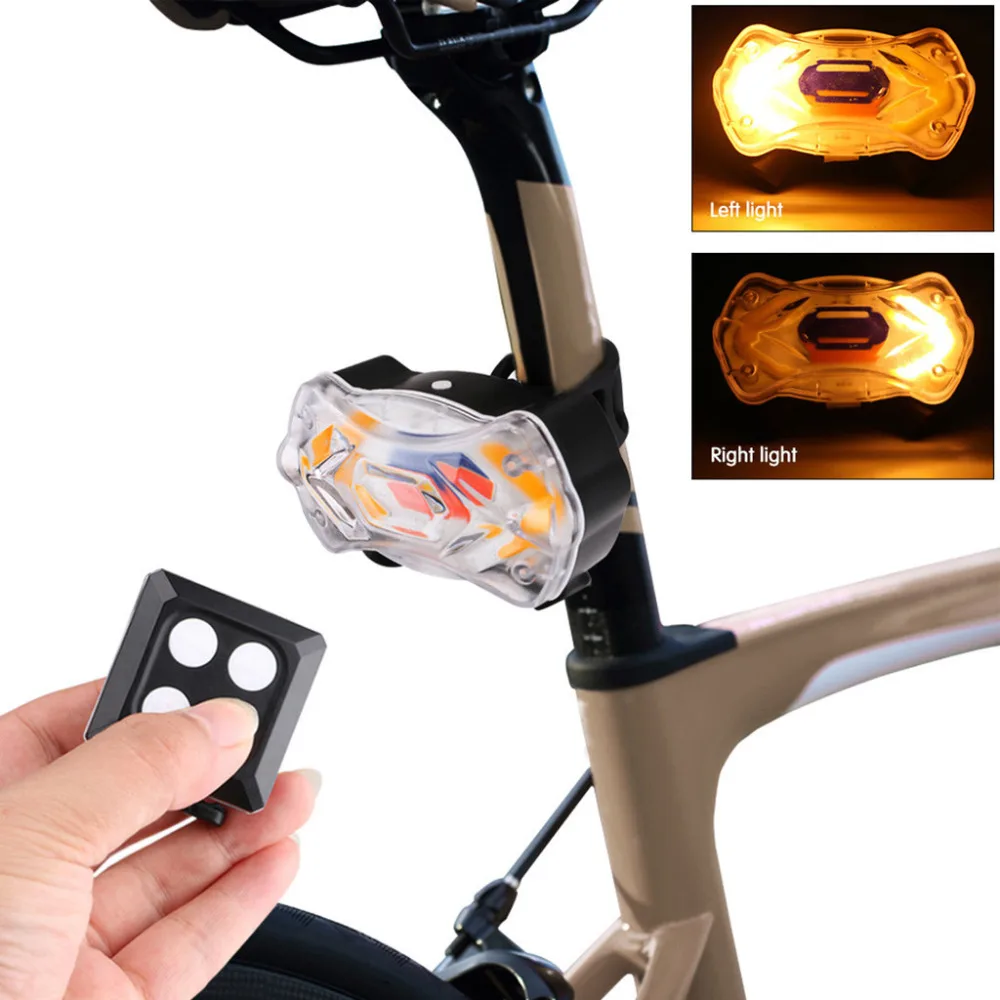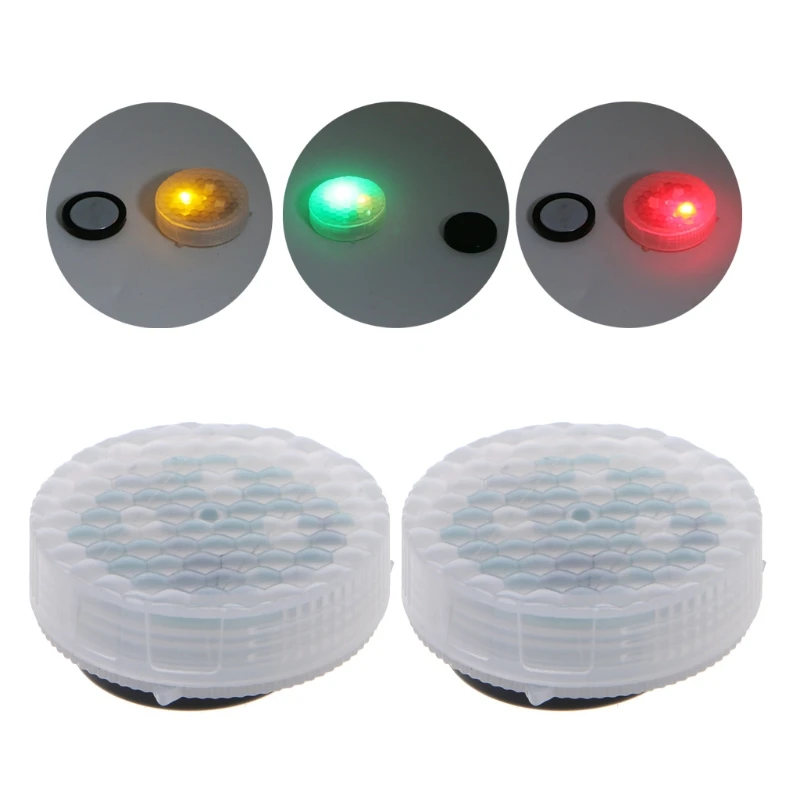
I’ll explain this for a light fitting first and then clarify the difference for installing it in a switch recess instead afterward.įirstly, turn off your power – never mess with wires when the power is on! The antenna won’t have exposed wire ends for you to connect into the circuit, so it should be easy to tell them apart. The receiver will have three wires and a wireless antenna that might look a little like a wire, so just be careful not to confuse them. There are two steps to installing a wireless light switch – installing the receiver and then installing the switch itself. When you press the switch to turn it on, it reconnects the circuit and sends power to the light fitting.Įssentially, the receiver is just a replacement for a traditional light switch – you’ve just moved the actual ‘switch’ element that you interact with onto another device, which you can place elsewhere in the room. When off, it breaks the circuit, so no power reaches the light fitting – it acts as a standard light switch in between. That’s because the receiver acts as the switch. When you press the switch, it sends an RF signal from the transmitter to the receiver, switching the light on or off as commanded. You can also get a receiver that plugs into a power outlet if you’re using a lamp or any other device you instead want to control with a switch. Still, you don’t have to – it can be wired anywhere in the circuit between the power source and the positive of the light fitting.Īn easy alternative to the light fitting, if you don’t want to mess around with your walls, is to add the receiver to the existing light switch that controls the fixture – just remove the panel and wire it in behind it. The receiver is usually installed within a light fitting. The switch has a transmitter and comes with a receiver. What do they do with that power to control your lights? Therefore, a wireless switch will work for as long as the mechanical parts inside can endure – most manufacturers state between 50 and 60 years.

Still, enough to make the transmitter work since it’s a simple RF signal. The amount of power generated is minimal. These use the simple power of kinetic energy so that when you press the switch with your finger, a module collects the kinetic energy of the movement and converts it into electricity to power the transmitter. However, the most common and best type of self-powered wireless switch is a kinetic one. These aren’t too common but provide another way to power the switch without wires, just using ambient light and converting it into power, just like many calculators do. One day it’ll just stop working, which can be inconvenient.Īnother type is solar-powered. These aren’t ideal because you’ll have to replace the batteries over time, and you can’t monitor the battery level.

So technically, they aren’t self-powered since they need batteries. The cheapest wireless switches are battery-powered. It doesn’t need a physical connection to the circuit that it’s controlling, and it doesn’t need connecting to its own power source. A self-powered wireless switch is a totally wireless switch and powers itself.

In this article I’m going to explain to you: Some models are powered by batteries or solar, but most are self-powered, using kinetic energy. This innovative tech offers a few benefits over a traditional light switch.Ī wireless light switch is completely wireless and uses a radio signal to tell your light to turn on or off.

If your light switches aren’t the easiest to get to, there is a modern solution – wireless light switches. They need to be accessible for everyone in your home, and ideally in a place where you don’t need to walk into a dark space to reach them. The placement of your light switches is pretty essential.


 0 kommentar(er)
0 kommentar(er)
